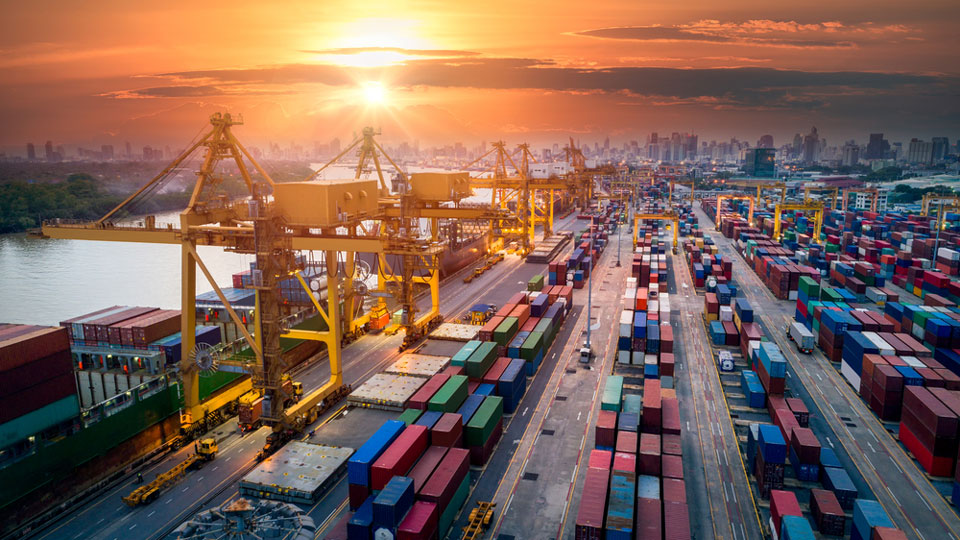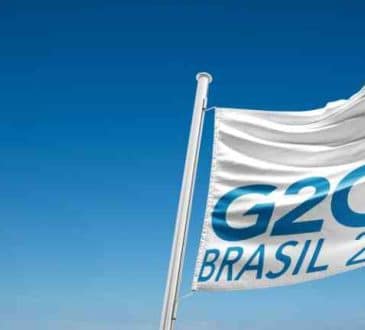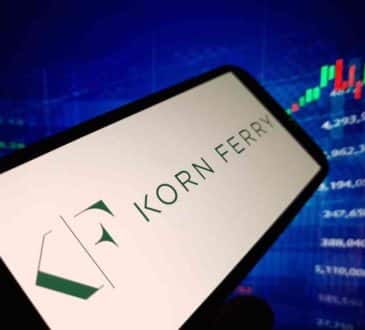The New Reality for U.S. Business Growth–Supply Chain Transparency

The writing is on the wall: A shift in supply chain and import compliance expectations is occurring in Washington. A corresponding worldwide sentiment focusing increased attention on the countries, people, and circumstances involved in the production of our imports is steadily growing. U.S. lawmakers, Customs authorities, and perhaps most importantly American consumers at boutique shops and big box stores alike are no longer willing to turn a blind eye to the full story behind the latest foreign-made gizmo to hit the market. The bottom line is the countries and people that made that innovative gadget matter to those consumers and their representatives. And that means those stories matter to your company’s bottom line.
One approach is to note this trend toward an increased demand for supply chain transparency, continue with business as usual, and reactively address each new regulatory requirement as it comes along. The alternative is to acknowledge the writing on the wall and proactively implement a modernized supply chain tracing program that not only guarantees your company will remain compliant with ever-changing due diligence and import requirements but also serves as a testament to the values and ideals that your company and its customers hold dear.
While some companies will be able to survive by being reactive, others will excel by taking the latter approach, because a supply chain tracing program can offer much more than just protection from costly regulatory violations (not to make light of such problems, which can result in many millions of dollars in losses). When done right, a comprehensive modernized supply chain tracing program can cut costs, grow your business, and put you in a position to quickly pivot in order to handle unforeseen bottlenecks that trip up your rivals.
Why Trace Your Supply Chains in the First Place?
The Trump administration contributed to the shift in thinking on supply chain transparency when it decided to ignore the decades-old traditional brand of open market capitalism that categorically eschews high and shifting tariffs. In 2018, that administration levied significant extra duties on imports from China and other countries, using tariffs as a foreign policy tool in an effort to sway the behavior of the United States’ trading partners and rivals. Over the next few years, as the “trade war” with China dragged on, the extra “Section 301” tariffs remained in place. And after the Biden administration neglected to remove the extra tariffs upon entering office in 2021 (and since), the tariff as a tool of U.S. foreign policy was further normalized among lawmakers on both sides of the aisle.
These measures have prompted importers to reassess each supply chain step, where it occurred, its cost, and how it affected the final product to determine the “country of origin” of merchandise destined for the U.S. The need to do so is driven by the fact that now many products that originate in China are subject to an additional 25 percent tariff when they enter the U.S. For companies that have already traced and documented their supply chains, the extra duties imposed on goods from China now offer opportunities for savings through tariff engineering: Moving certain key manufacturing steps to third countries can change the product’s country of origin, thus allowing an importer to avoid the 25 percent tariff and gain a competitive advantage in the U.S. market.
For companies that have yet to do so, merely conducting country of origin reviews as a first step can lead to corrections that result in savings. Importantly, instances where the country of origin can affect the duty rate are not limited to China. In April 2022, Congress revoked Russia’s “permanent normal trade relations” status in response to Russia’s invasion of Ukraine. Now, a country of origin determination of Russia can subject merchandise entering the U.S. to 30 percent or more in additional duties.
The passage of the Uyghur Forced Labor Prevention Act (UFLPA) in late 2021 is yet another reason why proactively tracing and documenting your company’s supply chains is a must in today’s regulatory environment. Under the UFLPA, as of July 21, 2022, U.S. Customs will not allow the importation of any products containing any inputs whatsoever that were made or sourced from China’s Xinjiang Uygur Autonomous Region (Xinjiang). The blanket prohibition against any imports with inputs from Xinjiang (no matter what country the actual products are manufactured in or shipped from) is based on the rebuttable presumption that such products were made in whole or in part using forced labor.
If Customs suspects that a shipment contains Xinjiang-origin inputs, it will detain the merchandise at the port of entry. The importer will then have the chance to demonstrate that no forced labor was used to produce the goods in question by providing “clear and convincing” evidence. Satisfying this very high legal standard involves timely presentation of clear documentation reflecting each step of the supply chain and complete responses to all associated inquiries from Customs.
Crucially however, this information-gathering exercise cannot be done on an ad hoc basis. Instead, U.S. Customs has made clear that as a threshold matter, for a company to overcome the presumption of forced labor with respect to a particular detained shipment, it must also provide evidence that it already has a satisfactory supply chain tracing program in place. The existing program should include documentation tracing its supply chains from raw materials to final imported product, a written supplier code of conduct forbidding forced labor, and internal procedures designed to vet and screen suppliers against ever-changing sanctions lists and mitigate forced labor risk.
Using Supply Chain Tracing to Grow Your Business
Beyond ensuring that your company steers clear of costly and embarrassing regulatory violations by avoiding sanctioned parties, ensuring your supply chains are free from forced labor, and paying the correct duties on imports into the U.S., you can actually put your supply chain tracing program to work to grow your business. Here are a few ways to do so:
- Tell Your Customers: Like the fair trade movement that promotes fair prices and decent working conditions, efforts to eliminate forced labor from U.S. product supply chains or prevent belligerent foreign governments from profiting off U.S. sales are routed in a concern for our fellow human, regardless of where they live and work. As a nation that prides itself on its democratic ideals and the freedom it guarantees to its citizens, we have long championed institutions that reflect and support these principles in all aspects of their business. And as increasingly complex supply chains and the explosion of internet commerce continue to inundate U.S. consumers with more options than ever from all parts of the globe, differentiating your product in a crowded market is all the more difficult.
Fortunately, the relative wealth of the population allows U.S. consumers to consider more than just price. So get your advertising, marketing, and public relations folks in on the conversation. Supply chain tracing is no small undertaking. It takes time, money, and an unwavering commitment to supporting the U.S. government in its efforts to eliminate forced labor and keep funds out of the hands of bad actors. Make sure your customers know the lengths your company has gone to in order to reflect these American principles. Supply chain tracing presents an opportunity to strengthen your relationship with existing customers and attract new ones.
- Use Supply Chain Data to Pivot: Since the COVID-19 pandemic began, supply chain uncertainty has increased significantly, and it may be the new normal. Even as we emerge from the pandemic, bottlenecks persist, with the war in Ukraine and the years-long trade war with China dragging on and presenting new and unexpected logistical challenges. In this environment, using the data you have is imperative. If you have traced your supply chains, you know where each manufacturing step occurs and how that affects costs. Your buyers can proactively use this information to set up alternative relationships as backups should unforeseen issues stall a particular supply chain, or to identify tweaks in the supply chain that might bring costs down or improve output. And in a pinch, comprehensive supply chain records will help your logistics team more quickly identify and corroborate the bottleneck and pivot to minimize the disruption. Empowering your teams with this information puts your company in the driver’s seat, while neglecting to do so leaves it at the mercy of foreign partners and the next global disruption.
——————-
Written by Andrew Bisbas.
Have you read?
Best CEOs In The World, 2022.
Global Passport Ranking, 2022.
Top Residence by Investment Programs, 2022.
World’s Richest People (Top Billionaires, 2022).
Economy Rankings: Largest countries by GDP, 2022.
Countries and territories with the largest population, 2022.
Top Citizenship and Residency by Investment Programs, 2022.
Add CEOWORLD magazine to your Google News feed.
Follow CEOWORLD magazine headlines on: Google News, LinkedIn, Twitter, and Facebook.
Copyright 2024 The CEOWORLD magazine. All rights reserved. This material (and any extract from it) must not be copied, redistributed or placed on any website, without CEOWORLD magazine' prior written consent. For media queries, please contact: info@ceoworld.biz








